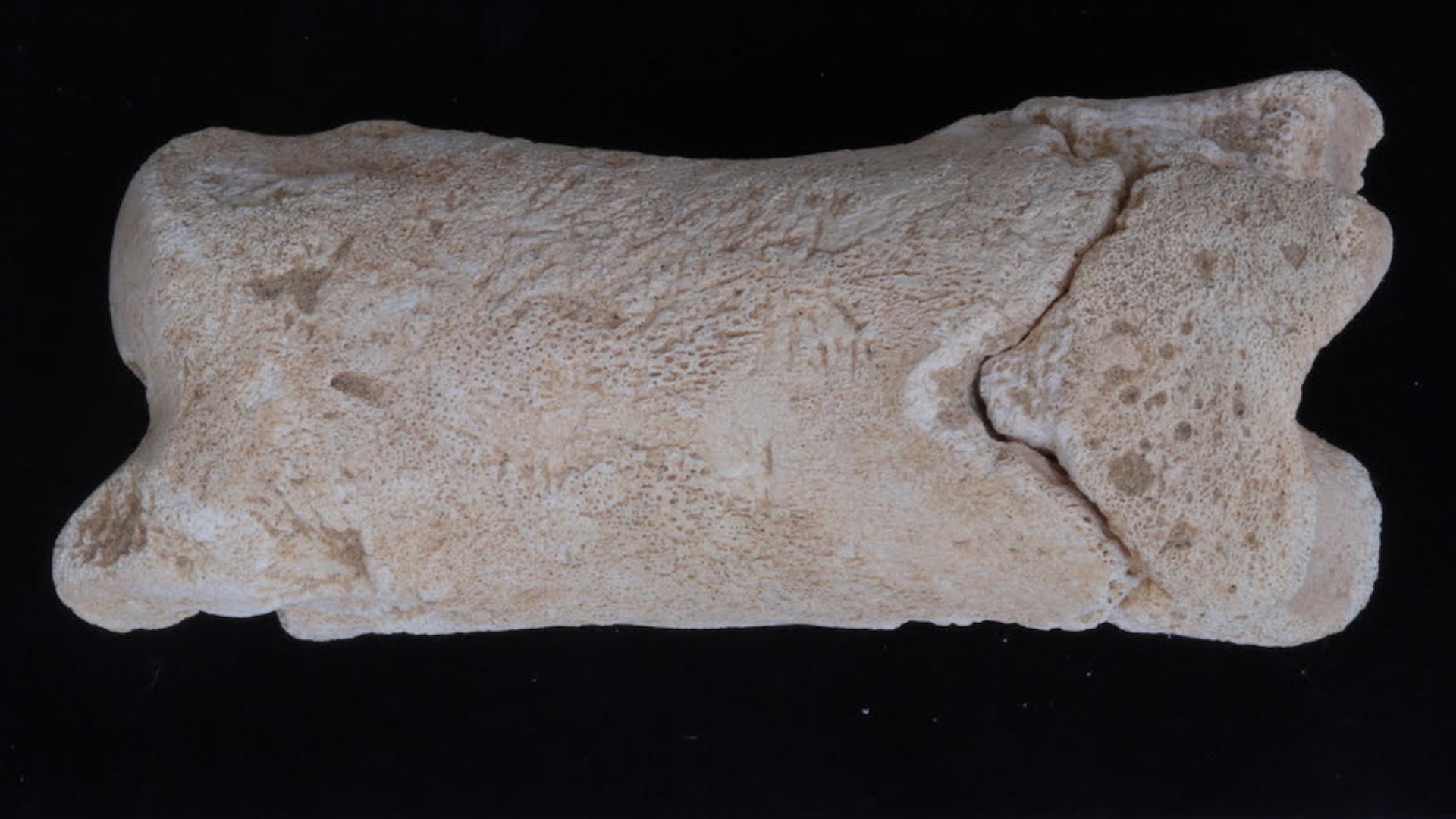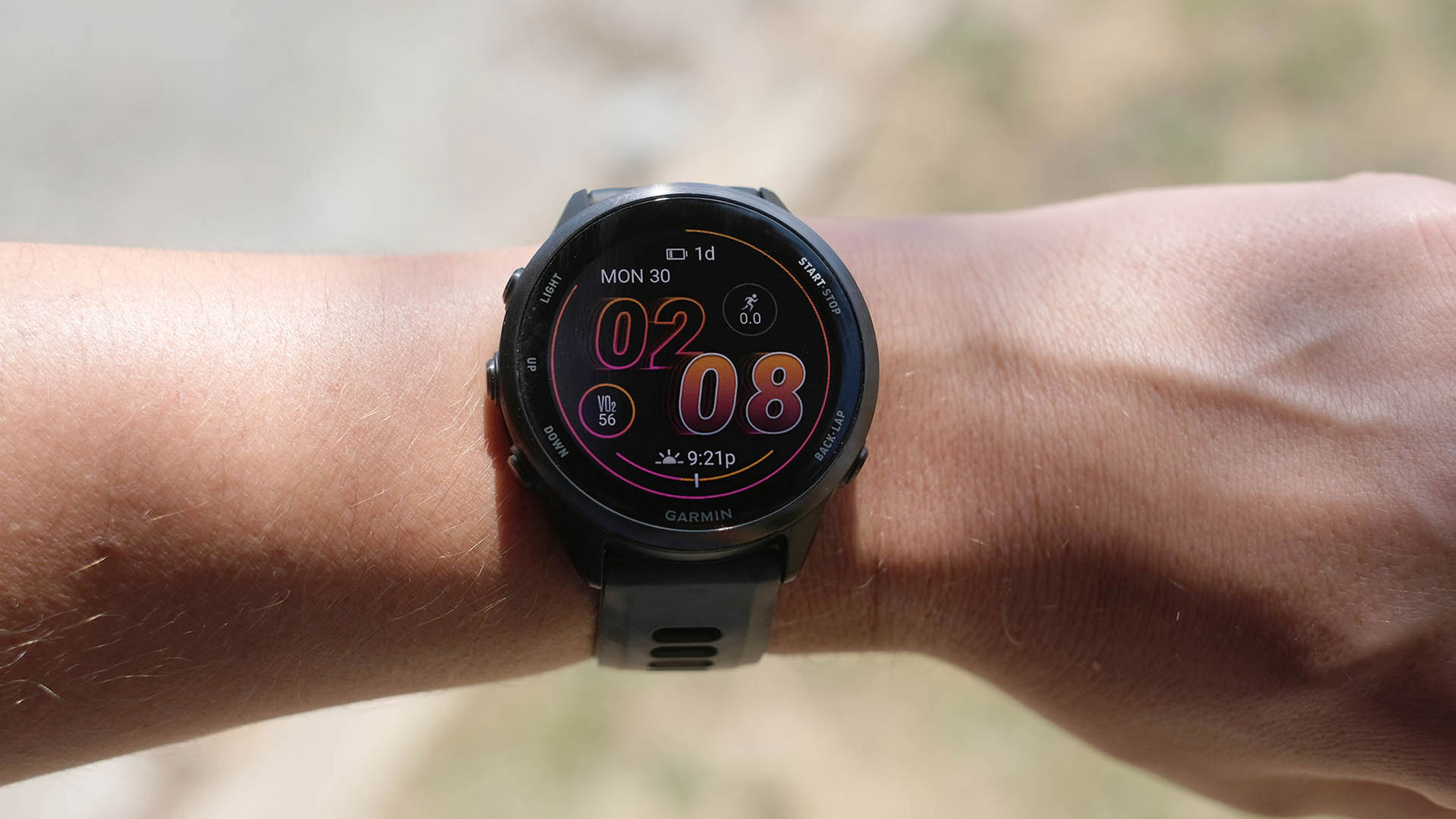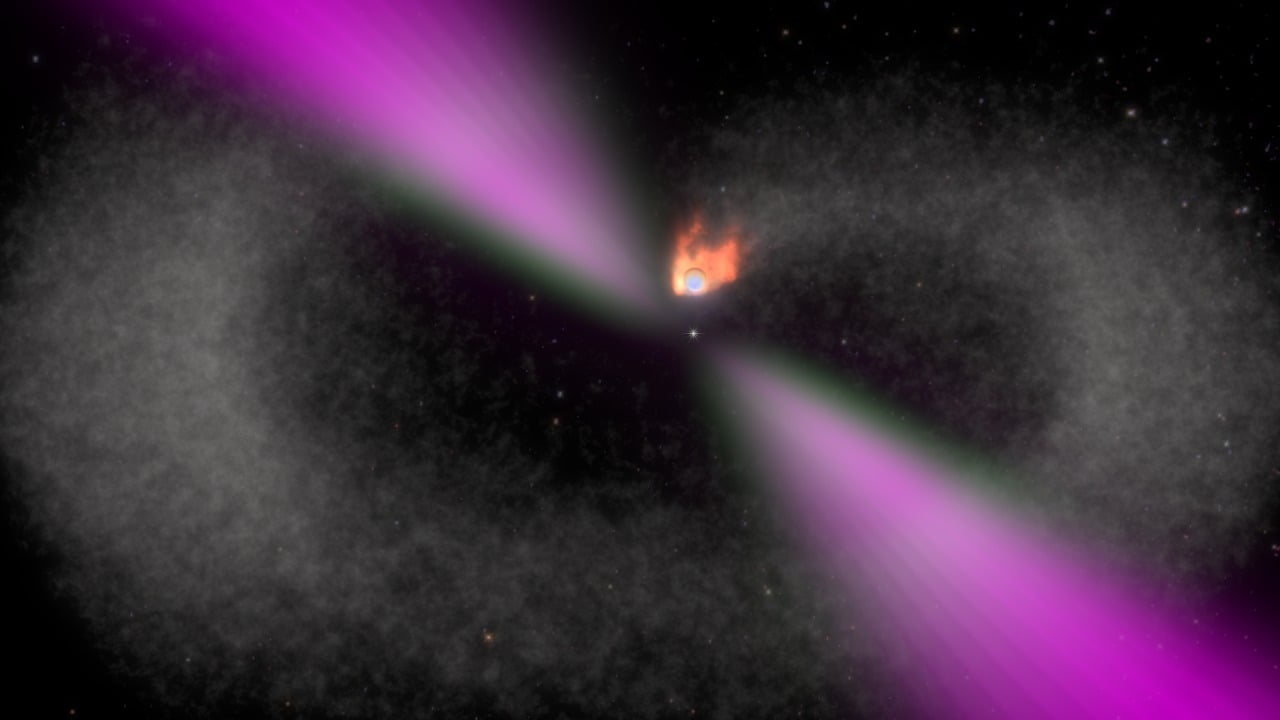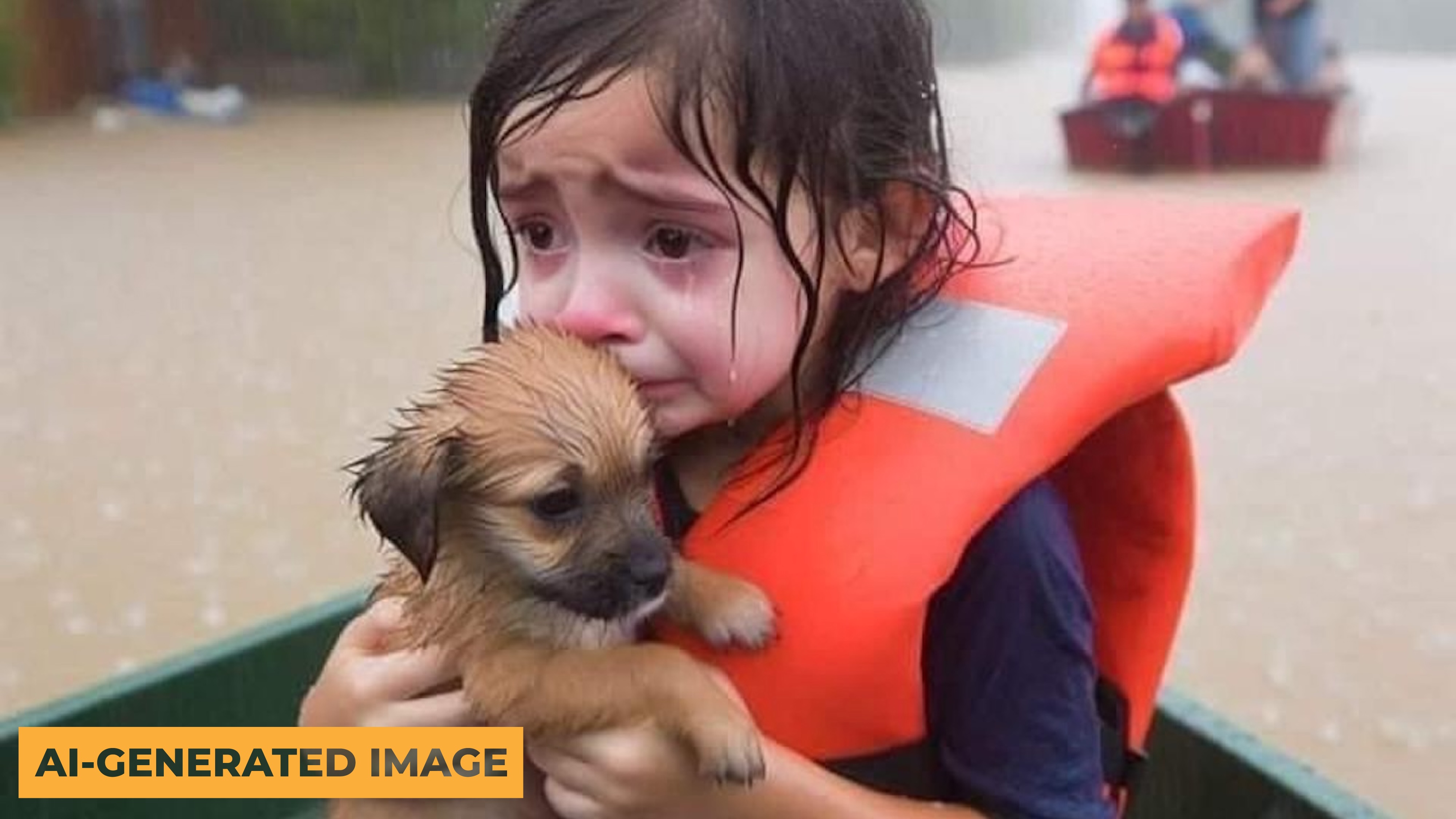Some early-onset cancers — those that occur in people under age 50 — are on the rise in the United States.
This overall increase is due to a rise in 14 different types of cancers in younger people, according to a new analysis. The largest increases have occurred in breast, colorectal, kidney and uterine cancer diagnoses.
While the overall incidence of early-onset cancer is still low, these small increases could add up over time.
A rise of a few percent per year is “not a huge change in the number of diagnoses, because cancer is still rare at these ages,” Miranda Fidler-Benaoudia, a cancer epidemiologist at Alberta Health Services and the University of Calgary, told Live Science. “But it’s when it’s happening over two, three decades that it really leads to a meaningful increase in that period.”
The reasons behind these increases are complex and manifold, and many are probably specific to each type of cancer, experts say.
To tease out trends in early-onset cancer diagnoses and the myriad reasons behind them, National Cancer Institute epidemiologist Meredith Shiels and colleagues compiled data on cancers diagnosed in 15- to 49-year-olds between 2010 and 2019 in the U.S. In a study published May 8 in the journal Cancer Discovery, the team broke down changes in the rates of different cancers in three age groups: 15 to 29, 30 to 39, and 40 to 49.
Breast and uterine cancer rates increased in every early-onset age group, while rates of colorectal and certain kidney cancers increased among 30- to 39-year-olds and 40- to 49-year-olds, the team found. More than 80% of the additional cancers that occurred in 2019 compared with 2010 were one of these four types. Other diagnoses that increased in at least one early-onset cohort included melanoma, cervical cancer and stomach cancer, though incidences of these cancers remained low overall.
Lifestyle changes
Many factors could contribute to these observed increases. Research suggests that obesity is a risk factor for colorectal, kidney and uterine cancers, all of which are rising in younger people. Globally, the percentage of adults who are overweight or obese has increased significantly since 1990. Although most studies linking cancer and obesity were conducted in older adults, it’s possible that higher rates of obesity in younger people could also increase the rates of early-onset cancer, the researchers wrote. One 2024 study suggests that more than half of uterine cancers diagnosed in 2019 might be linked to obesity.
Changes in reproductive patterns over the years could also be contributing to the increased incidence of early-onset breast cancers, Fidler-Benaoudia said. Girls are getting their periods earlier, and women are having fewer children, and having them later in life, than they did a few generations ago. Being younger at first menstruation, giving birth fewer times, and giving birth for the first time later in life have all been linked to a higher risk of developing certain types of early-onset breast cancer, the researchers wrote. Other research suggests that using oral contraceptives (birth control pills) might also slightly elevate the risk of early-onset breast cancer, though it may also protect against ovarian and endometrial cancers.
Better detection
Earlier detection of cancers in people with genetic risk factors may also play a role. For instance, those with certain BRCA gene variants have a higher risk of breast, ovarian or prostate cancer, while those with Lynch syndrome face an increased risk of myriad cancers, including colon cancer, stomach cancer and brain cancer.
I think that we need large studies that follow individuals over the life course, including at younger ages, to be able to identify risk factors for early-onset cancers.
Meredith Shiels
Newer screening guidelines recommend people with these genes start screening for cancer earlier than those with an average risk of the disease. Even a small increase in the number of early-onset cancers detected via these new recommendations could trigger an uptick in diagnoses.
Screening for other, unrelated issues could also help identify certain cancers earlier. For example, changes in imaging procedures for MRIs and CT scans mean that health care professionals are catching more instances of renal cell carcinoma, a type of kidney cancer, during other tests. This incidental detection has led to an increase in kidney cancer diagnoses in almost all age groups, the researchers wrote.
Environmental exposures
People’s prenatal or early-life exposures to certain compounds may also fuel specific early-onset cancers. Researchers reported in April in the journal Nature that childhood exposure to a chemical called colibactin, which is produced by certain E. coli strains in the colon, causes DNA mutations observed more frequently in early-onset colorectal cancers.
Showing that an exposure directly causes a certain type of early-onset cancer — or even pinpointing which types of exposures might pose a risk — is no easy feat. “I think that we need large studies that follow individuals over the life course, including at younger ages, to be able to identify risk factors for early-onset cancers,” Shiels told Live Science in an email.
Even with these sorts of extended studies, though, it can be challenging to pin down the exact causes of early-onset cancer. “The issue with cancer at young ages is, whilst it’s increasing, it’s still relatively rare [compared] to those older age groups,” Fidler-Benaoudia said. “To have enough people develop cancer to then identify risk factors in this prospective way is incredibly challenging, because you need huge, huge numbers.”
While it’s impossible to eliminate your individual risk of getting cancer, there are some things that reduce the overall risk at the population level. For instance, wearing sun protection and getting vaccinated against human papillomavirus (HPV) can help protect against certain cancers, Fidler-Benaoudia said. Similarly, limiting alcohol and smoking can reduce the odds of a person developing cancer at any point in their life, not just before age 50, Tomotaka Ugai, a cancer epidemiologist at the Harvard T.H. Chan School of Public Health and Brigham and Women’s Hospital, told Live Science.













